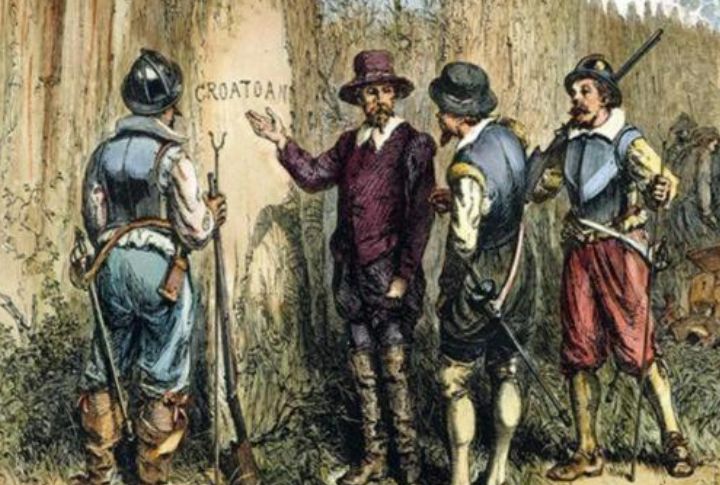
Historians have spent centuries unraveling the mystery of the lost Roanoke colony, a disappearance that still stirs fascination today. How could an entire settlement vanish without leaving a clear trace? Recent archaeological work, however, has brought new attention to the Roanoke mystery, revealing clues that may change what we thought we knew. Find out why this discovery is shaking up historians and what it could reveal about Roanoke’s disappearance.
Clues Suggest A Planned Relocation
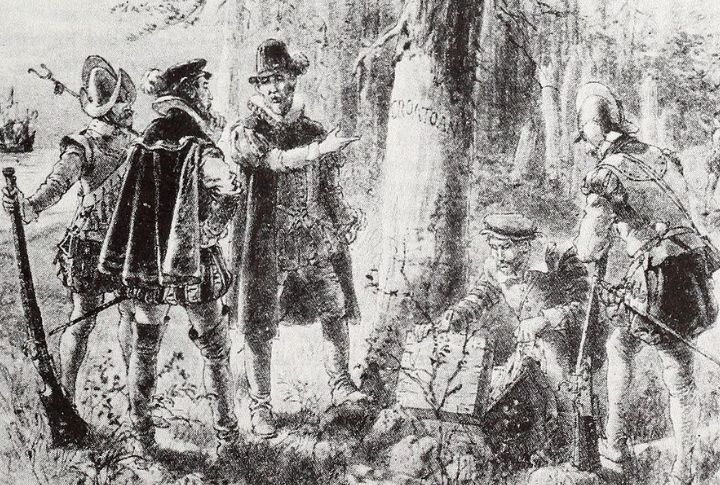
When rescuers reached Roanoke in 1590, the colony was gone—no graves, no violence, just “CROATOAN” carved into a post. Years later, a hidden star on Governor John White’s map suggested a planned inland fort. Together, these clues hint that the settlers intentionally relocated, possibly to live with a nearby friendly tribe.
Iron Tools Show Colonists Taught Metalworking To The Croatoans
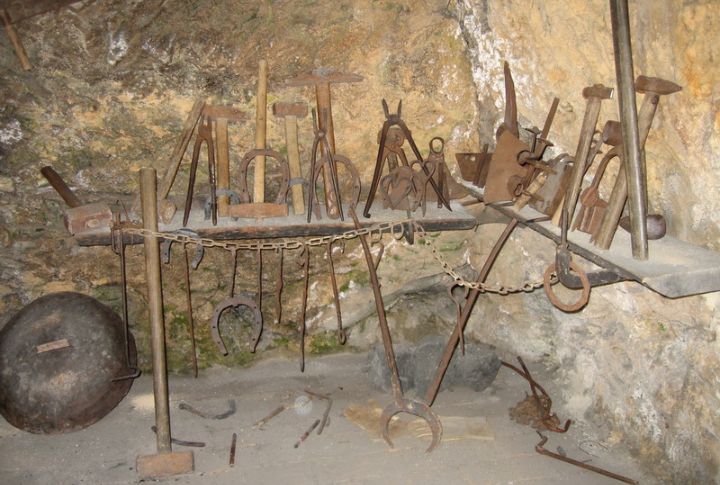
Unusual iron tools were found far from the Roanoke site. These forged nails and chisels do not match standard English or Native American designs. Some clearly show repairs that suggest the Croatoans picked up metalworking from the colonists. This mix of technologies reveals deep collaboration between the two groups.
DNA Testing May Link Modern Tribes To The Settlers
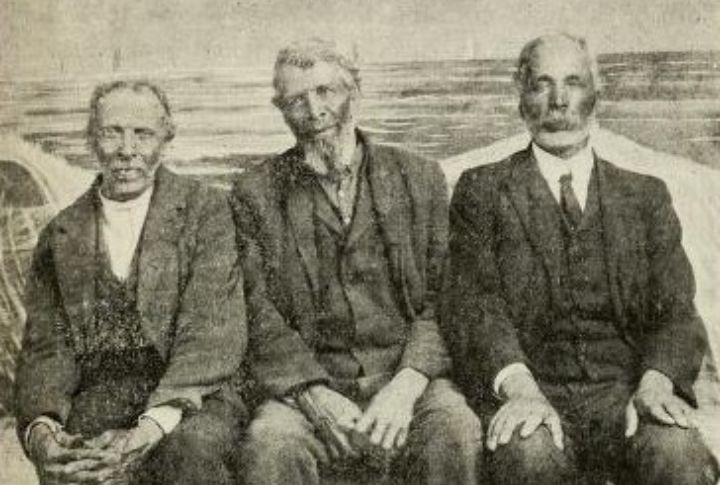
The mystery of Roanoke may live on in bloodlines. Members of the Lumbee tribe in North Carolina carry DNA markers linked to early European ancestry. Their oral histories describe blue-eyed ancestors and old family names matching Roanoke’s passenger lists. DNA testing continues, but if confirmed, it could mean the descendants never disappeared.
Fort Raleigh’s Layout Matches Traditional English Defensive Designs

In contrast to a panicked escape, Roanoke’s layout hints at careful planning. The fort follows a star-shaped military formation, a design common in Elizabethan England. Their construction also reveals clear plans for long-term occupation. Some parts may have been intentionally disassembled, suggesting the colonists had time and control before their final departure.
No Signs Of Battle Or Mass Grave Were Ever Found

Despite years of digging, no one at Roanoke has found mass graves or burned remains. Archaeologists uncovered a strangely peaceful scene. Tools were set down carefully, and homes remained intact. This quiet order suggests the settlers had time to pack and leave by choice, not in fear or haste.
Early Jamestown Letters Mention Villages With English-Style Homes
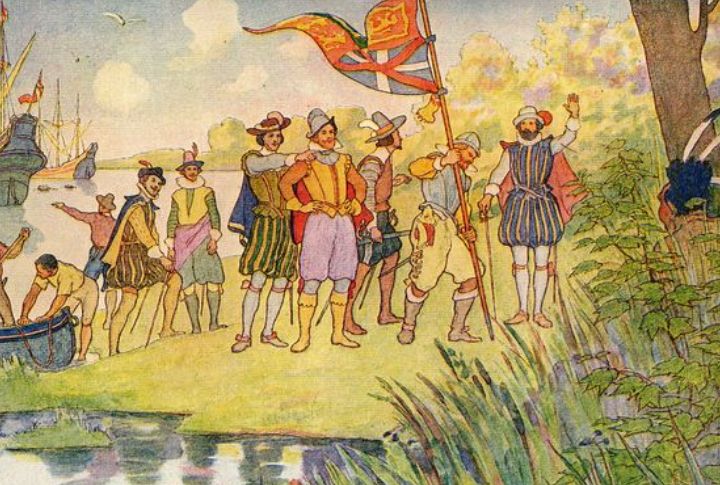
Decades after Roanoke’s disappearance, Jamestown explorers heard strange stories. Native villages just inland reportedly featured unusual stone houses and fences. Even more curious, some settlements had “bearded men” who spoke English and lived among the tribes. These reports suggest Roanoke survivors were living in plain sight.
Ceramic Shards Reveal Colonists Shared Meals With Native Tribes
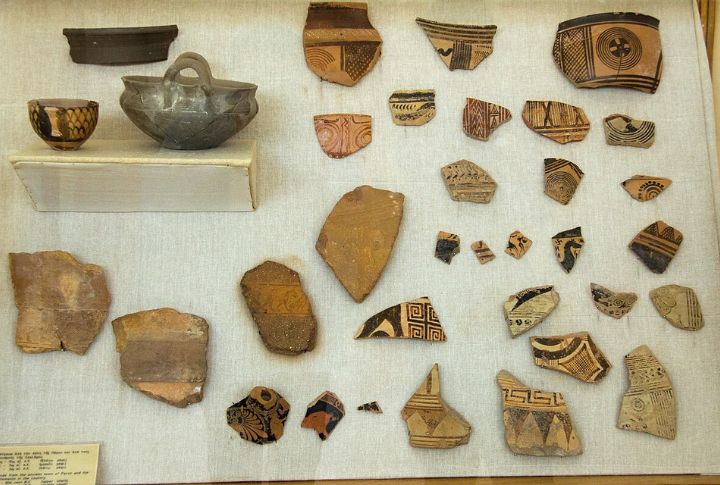
Near the Outer Banks, archaeologists uncovered broken ceramic pieces. The design resembled English models, but the construction methods came from Indigenous traditions. Some were even fired in local kilns. Dated to the late 1500s, this cultural crossover suggests some colonists joined local tribes, living alongside them after the settlement “vanished.”
Tribal Stories Recall Settlers Teaching Prayers And Wearing Strange Shoes
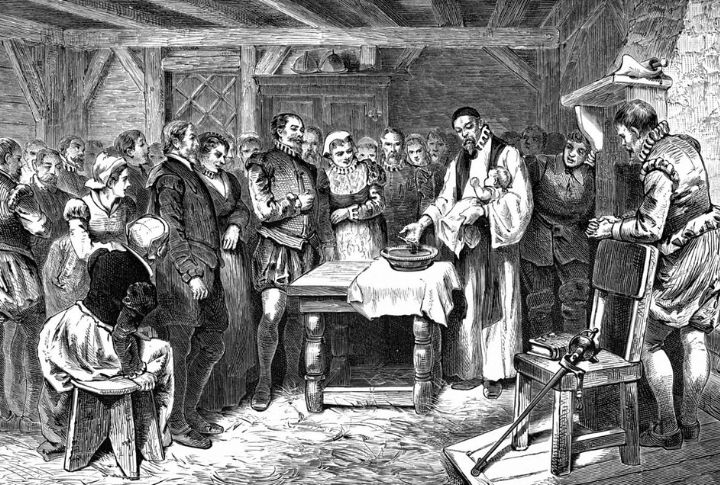
Oral traditions from Carolina tribes speak of pale-skinned visitors who wore strange buckled shoes. They taught hymns, farming, and reading. Some legends even call them “ghost women” who brought books. Passed down for generations, oral accounts match known details of 1500s English colonists.
A Ring Found On Hatteras Island May Have Been A Family Heirloom
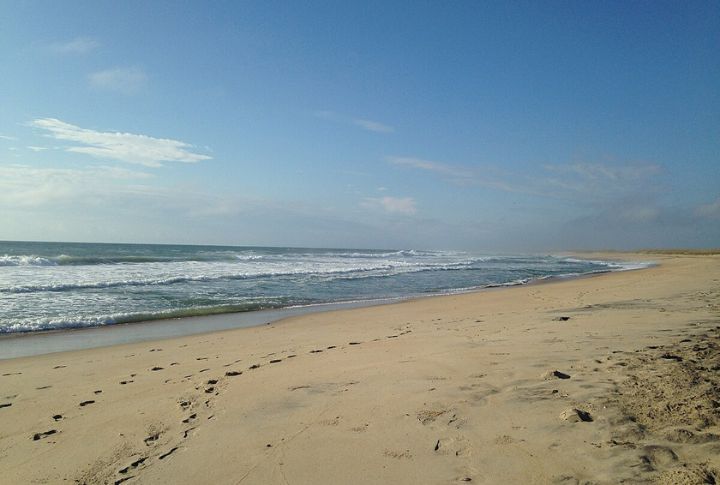
On Hatteras Island, once called Croatoan, a silver ring with an English lion crest was found. Its fine design suggests it belonged to nobility. The location links it to places the colonists may have fled. Researchers think it belonged to Eleanor Dare. The ring, if true, is also evidence of her survival.
Spanish Records Show They Were Also Searching For Roanoke

In the late 1500s, Spanish spies reported English activity along the Carolina coast and sent ships to investigate. While they never found the colony, their records confirm Roanoke was well-known to rival nations. This outside interest hints the settlers may have moved to avoid being discovered by Spain.

